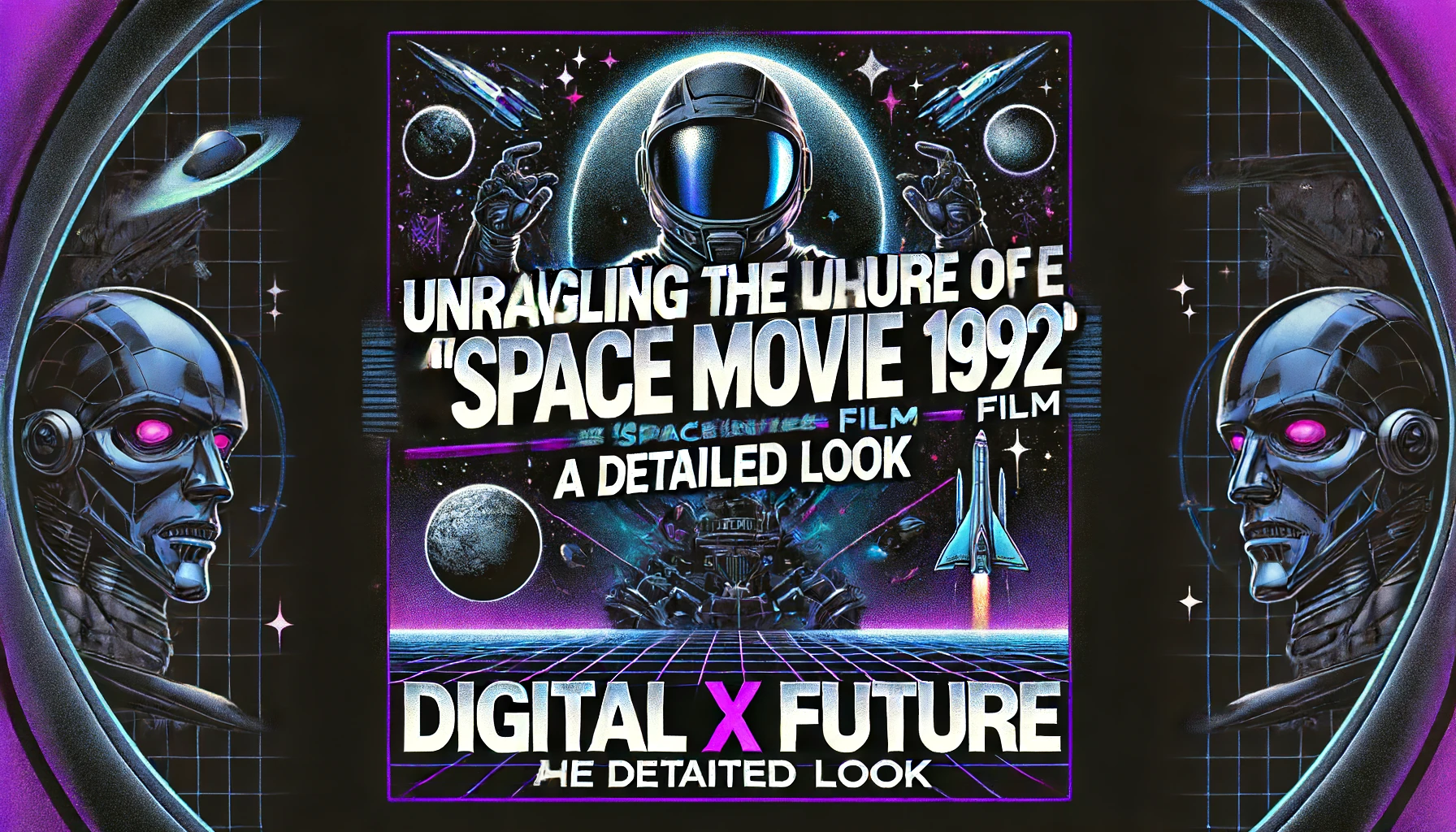In the realm of cinema, certain films captivate audiences with their unique themes and storytelling. “Space Movie 1992” stands as a notable example, offering viewers a blend of science fiction and adventure. This article dives into what makes this film a topic of interest, why it has garnered attention, and how it continues to resonate with fans around the globe.
What is “Space Movie 1992”?
“Space Movie 1992,” officially known as “Gayniggers from Outer Space,” is a short science fiction comedy film directed by Danish filmmaker Morten Lindberg. The film operates as a parody of the science fiction genre, particularly targeting the clichés and tropes common in earlier decades. The title itself is provocative and has been a subject of both criticism and intrigue. You can also read Expert Tips for Perfecting Loralee Knots A Step-by-Step Guide
Plot Overview: How Does the Story Unfold?
The plot of “Space Movie 1992” revolves around a group of intergalactic beings from the planet Anus, who discover Earth and decide to liberate men from the dominance of women to promote a new homosexual society. Their journey and actions, depicted with humorous undertones, aim to challenge the conventional narratives seen in typical sci-fi movies.
Characters and Performances: Who Leads the Way?
The characters in “Space Movie 1992” are portrayed in a deliberately exaggerated manner, aligning with the film’s parodic intentions. The performances are over-the-top, contributing to the film’s comedic and satirical tone. Key characters include the Captain, played by Coco P. Dalbert, and his crew of eccentric aliens, each adding their own flavor to the story’s dynamic.
Cinematic Techniques: What Makes Its Style Unique?
The film utilizes basic cinematographic techniques, reflective of its time and budget constraints. Despite its limited technical sophistication, “Space Movie 1992” effectively uses black-and-white visuals to mimic older, classic science fiction films, adding to its parody charm.
Impact and Legacy: Why Does It Matter?
Despite its controversial nature and niche appeal, “Space Movie 1992” has cultivated a cult following. It is discussed in various online forums and social media, often cited for its bold approach to satire and parody in film. The movie challenges viewers to reconsider genre norms and societal themes, making it a significant piece in discussions about the boundaries of comedy and satire in cinema.
Audience Reception: How Was It Received?
The reception of “Space Movie 1992” varies widely. While some applaud the film for its audacious humor and critique of societal norms, others find its content and approach problematic. This polarized reception highlights the film’s impact on different audience segments, contributing to its status as a cult classic.
Cultural Significance: How Has “Space Movie 1992” Influenced Popular Media?
“Space Movie 1992” has left a distinct mark on the landscape of popular media, particularly in how filmmakers and audiences perceive the boundaries of genre and satire. The film’s daring narrative and stylistic choices have inspired discussions on the limits of parody and the role of satire in addressing sensitive societal issues. Its impact extends beyond just entertainment, encouraging a critical analysis of how diverse themes can be presented in film while still engaging a wide audience. This aspect of cultural influence underlines why the film remains a significant point of reference for both critics and fans.
Future Perspectives: What Can We Learn from “Space Movie 1992”?
Looking ahead, “Space Movie 1992” offers valuable lessons on the evolution of film genres and audience expectations. As new generations of filmmakers emerge, the creative risks and thematic explorations seen in “Space Movie 1992” serve as a benchmark for pushing cinematic boundaries. This film prompts us to ask critical questions about what makes content provocative, how far satire can go in film, and the ways in which cinema can challenge societal norms. By reflecting on these questions, filmmakers and audiences alike can appreciate the dynamic and transformative power of cinema in cultural discourse.
Conclusion
“Space Movie 1992” serves as a fascinating case study in the world of cult films and parodies. By asking what the film represents, why it remains relevant, and how it challenges the conventions of its genre, viewers can appreciate its place in cinematic history. As we reflect on its legacy, it’s clear that “Space Movie 1992” will continue to be a topic of debate and discussion for years to come.
